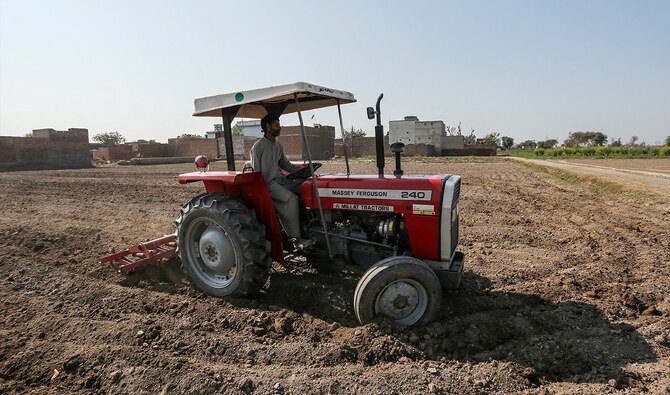Pakistan’s agricultural sector is facing a severe crisis, with farmers suffering losses of over Rs1.26 trillion in just six months (January–June 2025). Official data shows that rice and maize alone caused nearly Rs1 trillion in damages. During this period, agricultural exports also dropped by more than \$1 billion compared to last year, with crops like maize, banana, mango, and onion seeing sharp declines.Pakistani farmers losses 2025.
Cotton production, crucial for Pakistan’s textile industry, fell by 30.7%—the worst in a decade. This forced the country to import 854,263 metric tons of ginned cotton worth \$1.66 billion. Farmers say they receive no real support from the government, with no price guarantees, subsidies, or long-term policies to help them survive. Pakistani farmers losses 2025. Rising costs of fertilizer, diesel, and electricity have made farming unaffordable, causing fertilizer use to drop and reducing yields further.
Vegetable farmers also suffered as prices crashed, particularly for onions, leaving many small farmers unable to cover costs. Experts blame years of poor government planning, lack of investment in research, and failure to improve seed and farming practices. Climate change is worsening the problem, yet little has been done to build resilience or prepare for future risks.
Pakistan’s cotton sector, once producing 14.8 million bales a year, now struggles to reach 7.5 million. Despite weak local harvests, imports of cotton and other crops continue to rise, hurting farmers and textile mills.
Farmers’ groups, including Pakistan Kissan Itehad, are demanding urgent reforms—such as subsidies on fertilizers, better regulation of input prices, investment in research and development, and an independent commission to manage crop pricing and exports. Without immediate action, experts warn that Pakistan’s agricultural backbone may collapse completely.


